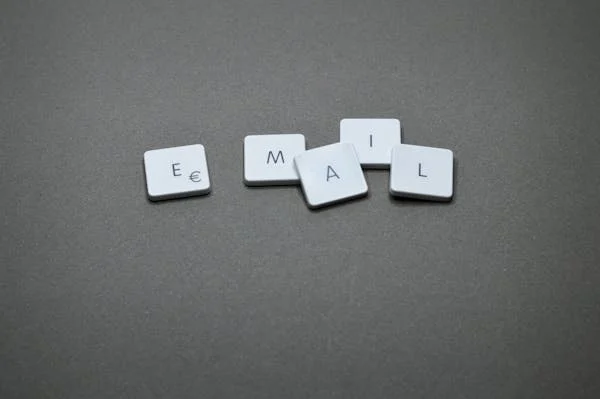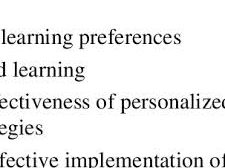In the fast-paced digital world, businesses constantly seek effective ways to reach their target audience. Among various digital marketing strategies, email marketing remains one of the most powerful and cost-effective methods. Whether you are a small business owner or a marketing professional in a large corporation, mastering email marketing can significantly boost your engagement, conversions, and overall business growth. In this guide, we’ll explore the fundamentals of email marketing, its benefits, and strategies for creating successful campaigns.
What is Email Marketing?
Email marketing involves sending commercial messages to a group of people via email. These messages can range from promotional content and product announcements to newsletters and personalized offers. The goal is to build relationships with potential customers, nurture existing ones, and drive traffic to your website or physical store.
Benefits of Email Marketing
1. High ROI
Email marketing is renowned for its high return on investment (ROI). According to various studies, the average ROI for email marketing is around $42 for every dollar spent. This impressive figure makes email marketing a preferred choice for businesses looking to maximize their marketing budget.
2. Targeted and Personalized Communication
With email marketing, you can segment your audience based on various criteria such as demographics, purchase history, and engagement levels. This allows for highly targeted and personalized communication, which can significantly increase the relevance and impact of your messages.
3. Measurable Results
Email marketing platforms provide detailed analytics that enable you to track the performance of your campaigns. Metrics such as open rates, click-through rates, and conversion rates help you understand what works and what doesn’t, allowing you to refine your strategies for better results.
4. Builds Customer Relationships
Regularly sending valuable content to your subscribers helps build trust and loyalty. By keeping your audience informed and engaged, you can foster long-term relationships that translate into repeat business and customer advocacy.
5. Automation Capabilities
Modern email marketing tools come with automation features that allow you to set up drip campaigns, autoresponders, and triggered emails. Automation saves time and ensures that your audience receives timely and relevant messages without manual intervention.
Strategies for Successful Email Marketing
1. Build a Quality Email List
Your email marketing success starts with a high-quality email list. Use opt-in forms on your website, social media, and other channels to encourage sign-ups. Ensure that your subscribers have given explicit consent to receive emails from you, which helps maintain a positive sender reputation and compliance with regulations like GDPR.
2. Segment Your Audience
Segmentation allows you to send more relevant messages to different groups within your audience. Common segmentation criteria include demographic information, purchase behavior, and engagement history. Tailoring your content to each segment can significantly improve engagement and conversion rates.
3. Craft Compelling Subject Lines
The subject line is the first thing your recipients see, and it greatly influences whether they open your email. Craft compelling and curiosity-inducing subject lines that encourage opens. Avoid spammy words and ensure your subject line accurately reflects the content of the email.
4. Provide Value with Quality Content
Your email content should provide value to your subscribers. This could be in the form of informative articles, exclusive offers, product updates, or entertaining content. Strive to create content that resonates with your audience and aligns with their interests and needs.
5. Use a Clear Call-to-Action (CTA)
Every email should have a clear and compelling call-to-action. Whether you want your recipients to visit your website, make a purchase, or download a resource, your CTA should be prominent and easy to follow. Use action-oriented language to prompt immediate response.
6. Optimize for Mobile Devices
A significant portion of email opens occurs on mobile devices. Ensure your emails are mobile-friendly by using responsive design, concise content, and easily tappable buttons. Test your emails on different devices to ensure they look good and function properly.
7. Test and Analyze
Continuously test different elements of your emails, such as subject lines, content, images, and CTAs. A/B testing can help you identify what works best for your audience. Analyze the performance of your campaigns and use the insights to make data-driven improvements.



